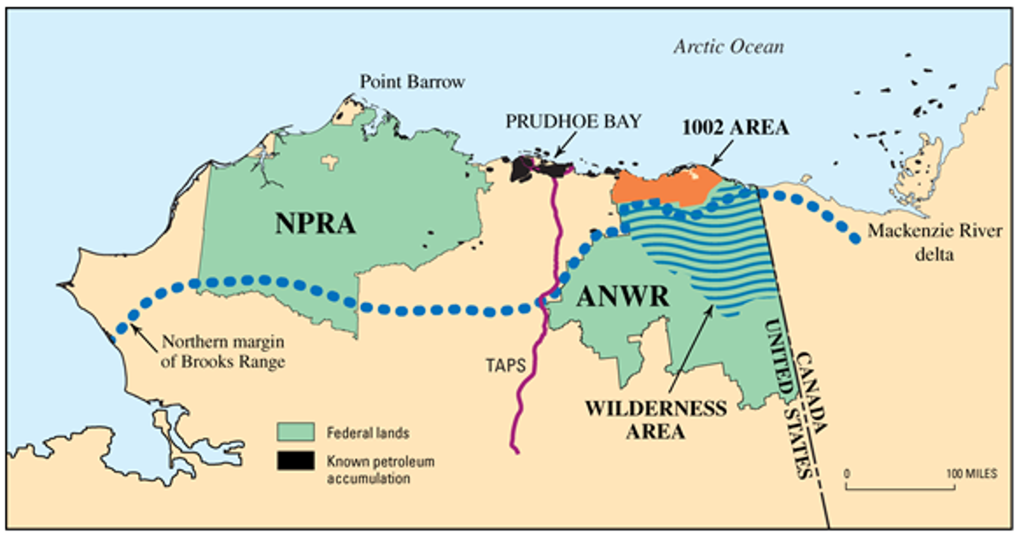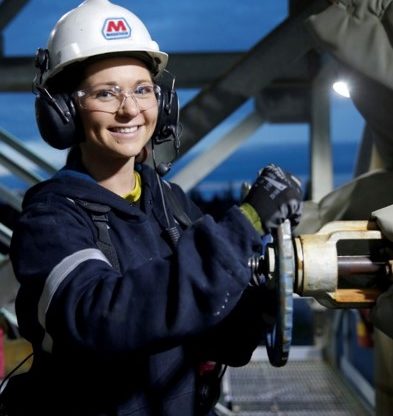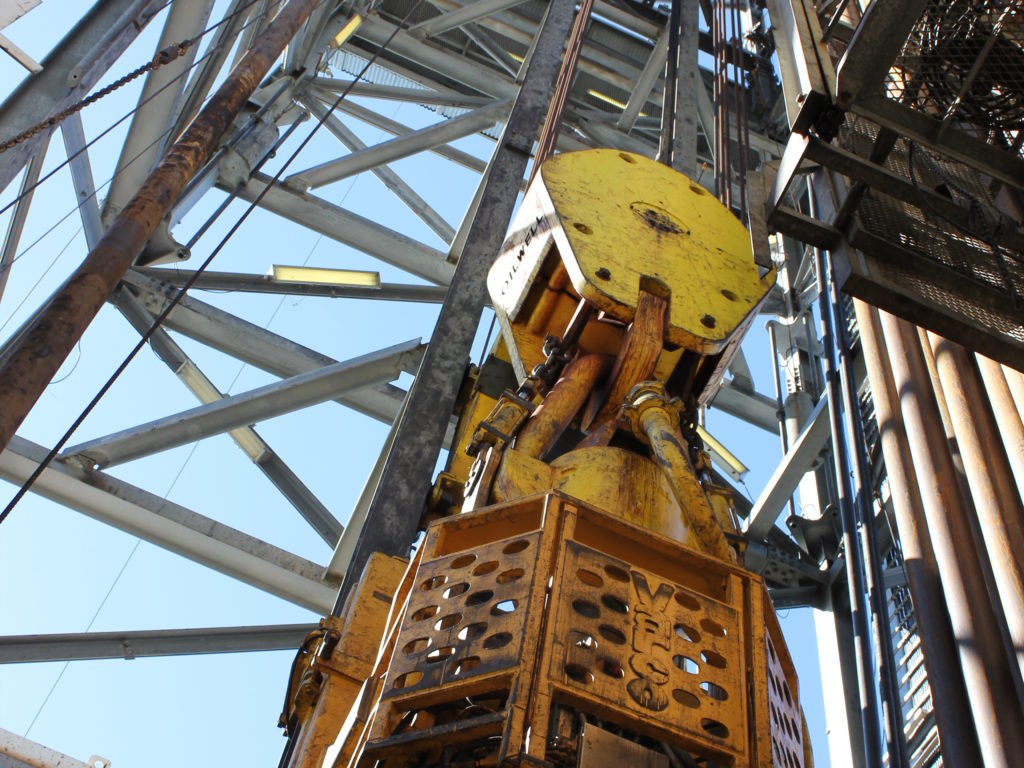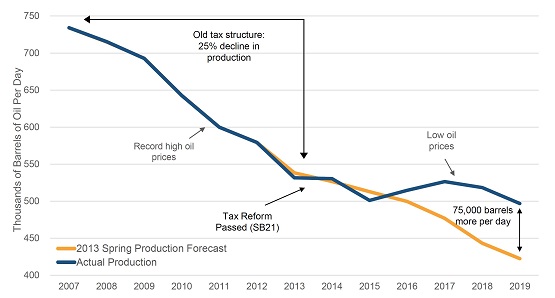AOGA works diligently to address a wide range of issues impacting the oil and gas industry in Alaska.
The National Petroleum Reserve- Alaska (NPR-A) was set aside by Congress specifically for petroleum development. However, the Department of the Interior’s proposed federal rule could potentially halt any future oil and gas developments in the NPR-A by restricting energy development in 13 million acres of the petroleum reserve. What’s more, the Department of the Interior did not consult with Alaska’s Federally recognized tribes, the local government on the North Slope or Alaska Native corporations before proposing the rule.
Learn more about the rule and how it threatens natural resource development, American energy security, and critical economic benefits for the State of Alaska.

Development in the 1002 Area, a small fraction of the Arctic National Wildlife Refuge (ANWR), has long been supported by Alaskans, especially by those who live in the region. Just a few miles from existing development that is safely occurring on State lands, ANWR’s 1002 Area is the largest known onshore prospect in the US today. Conservatively, recoverable oil is estimated at 5.7 – 16 billion barrels.
Alaska’s oil and gas industry has a long history of safe and environmentally responsible development in the Arctic, and will continue to deploy new technology and techniques towards this effort.

It may surprise Alaskans to know that most transportation and other fuel products that help power our vehicles, keep our airlines moving and pave our roads are manufactured right here at home. The process involves complex chemical engineering that transforms crude oil from Alaska and other sources into a variety of value-added products such as jet fuel, gasoline, heating fuel, propane, asphalt and more. After the products are finished, they are distributed throughout Alaska via terminals, trucks, rail and barge.
Alaska’s first refinery started production in Kenai in 1969. Today, we have three active refineries, including one in North Pole and another in Valdez. These refineries employ hundreds of Alaskans across the state, and together they work seven days a week, 365 days a year to produce quality fuels for our many in-state needs.

The Alaska Oil and Gas Association (AOGA) actively monitors proposed federal, state, and local legislation, regulations, policies, and procedures that may impact oil and gas industry activities in Alaska. As policy issues arise, AOGA provides a forum for the development and expression of unified industry positions, as well as a resource for Alaskans wanting to stay informed on key issues affecting Alaska’s largest industry.
To learn more about current policy initiatives and related public action alerts, visit here for updates and/or sign up for email alerts on our Contact page.
